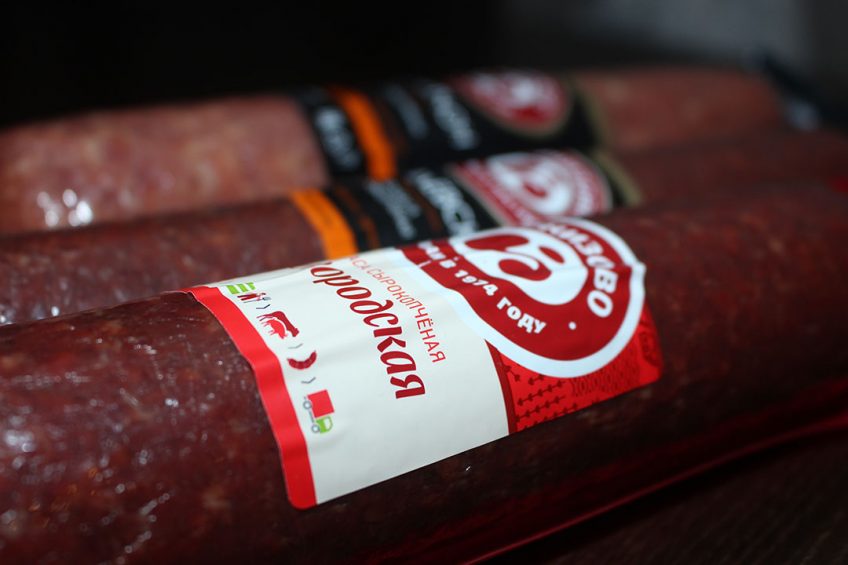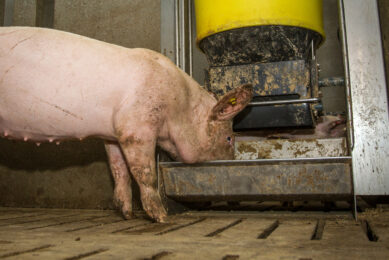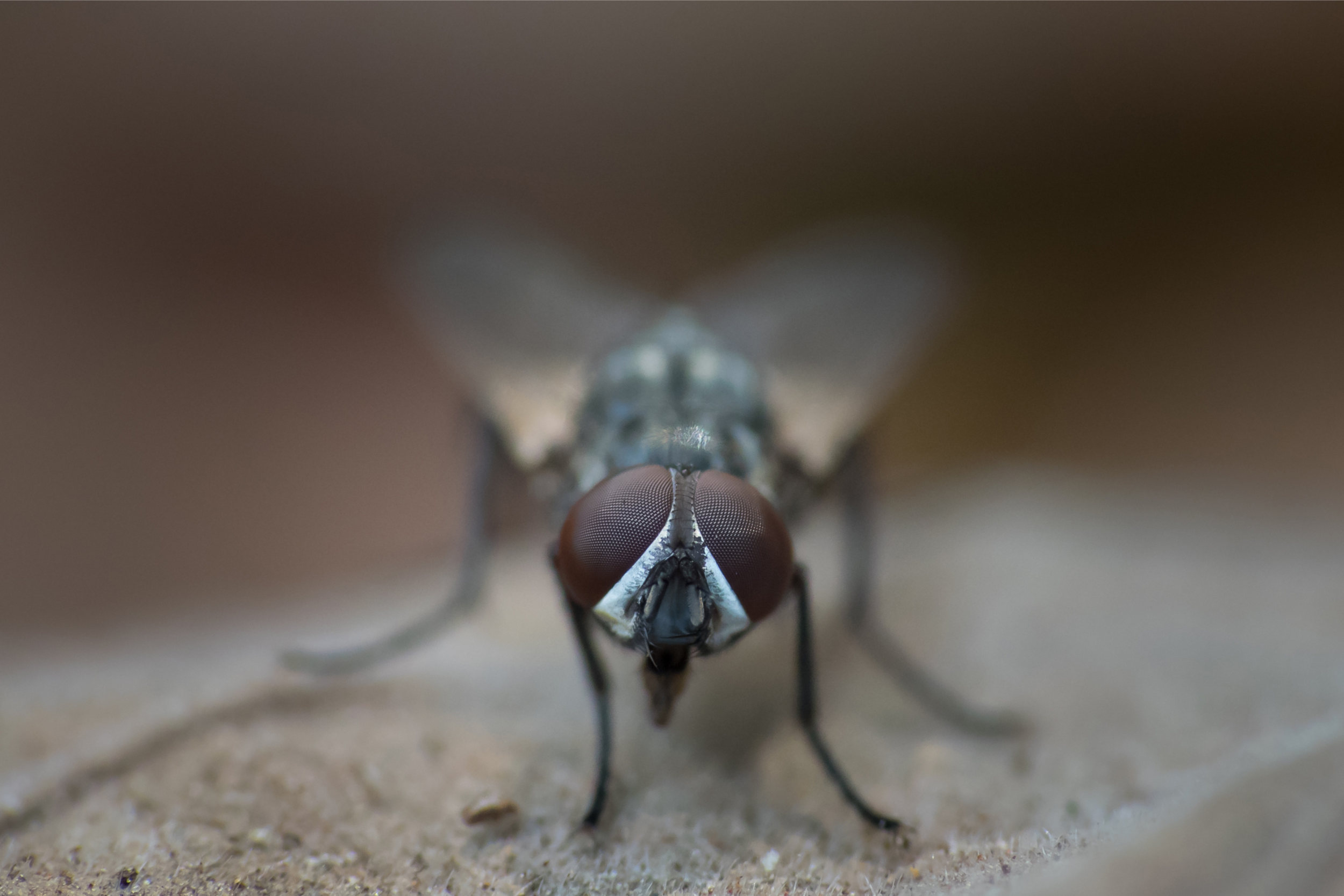On-farm in Russia (I): Cherkizovo’s ambitions

Russia is full of stories. From a visit to Cherkizovo’s brand new sow farm, called ‘Dankov Lipetsk 89’, a range of interesting tales came together. Today, part I of a four-part series from pig-producing Russia: owning company Cherkizovo.
“Soon after I had moved to Russia, I realised I had made a huge mistake in doing so,” says US citizen Brad Heron with a smile. Having had various jobs in the US swine industry, he decided in 2014 to accept the challenge to become director of the pork division at integrator Cherkizovo. He had barely started, when African Swine Fever (ASF) broke on a 36,000 head finisher farm in the Orel region. The farm was owned by Cherkizovo. It was only the beginning, soon another 4 farms had to be depopulated too, leading to 87,500 animals that had to be culled.
Mr Heron says, “All in all we had over US$ 25 million actual and opportunity loss. We only managed that year to compensate by sending most finisher pigs to slaughter a lot later.”
Despite the rather rough start, over 5 ½ years later, Mr Heron, age 47, is still active in Russia and what’s more, he’s become a proud ambassador of Cherkizovo’s goals and aims. Nationwide, the company is number 1 when it comes down to all meat tonnage produced, and number 2 in Russia in terms of pork output. The company has a clear strategy of where it wants to go in the future.
Cherkizovo principles: Improvement and transparency
What is key to Cherkizovo are a very strong belief in continuous improvement, learning and transparency, Mr Heron says. That belief is being promoted top-down by the company’s owners, who all had a strong education in the United States. Mr Heron says, “I have been fortunate enough to work for Sergey Mikhailov and Evginey Mikhailov who are both very intelligent and dynamic leaders. They are both have very strong backgrounds in finance as does the CFO Ludmila Mikahilova. We believe that in the long run, transparency allows us to learn and to grow. Plus it adds to our credibility as a company.”

The influence of US pig farm philosophy on the Cherkizovo farms is clearly recognisable. Not only there are various US expert employees working in the farms, also North Carolina-based Hog Slat is involved to supply the farms with floors, crates, bins and silos. The lay-out of the newly built projects resembles American facilities: each site is set-up very spaciously, with complexes spread out in the countryside.
Standard Operating Procedures on pig production
Standard Operating Procedures (SOP) principles are applied everywhere. Most prominently, the US-Russian cooperation is symbolised in the pork division effectively being managed by 2 men, being Brad Heron and his Russian counterpart Sergey Panarin, age 33. Every decision has to be signed off by both.
One of the major drivers behind Cherkizovo’s approach is that it wants to be the one company having the lowest ‘pig in cost’ in the industry, globally. In this context, it helps e.g. that the company can operate with relatively low employment costs (about 2.7% of total expenses).
Being able to control the costs of production was one of the major reasons to opt for Topigs Norsvin genetics, explains Mr Heron. “Some breeding lines are so prolific that the sows can no longer take care of their litters. We didn’t want all that, we don’t want to organise foster sows or provide any kind of artificial milk powder. We wanted mother sows that could deal with her piglets by herself which would lead to healthy, uniform piglets.”

Currently, the company is in a longer-term process to replace its entire breeding stock with Topigs Norsvin material (TN70 sows), thus bit by bit phasing out mycoplasma, pleuropneumonia (App), in addition to North American PRRS which already had been eradicated at an earlier stage. Having Specific Pathogen Free (SPF) animals will considerably reduce health problems and costs.
Cherkizovo: Impressive growth figures
All in all, the philosophy has led to impressive growth figures in recent years, in line with the central government’s aim to become self-sufficient in pork production. In 2018, Cherkizovo slaughtered over 1.9 million pigs, leading to 247,000 tonnes of pigmeat. For 2019, the bar is even raised higher with an expected 2.3 million pigs produced.
The company’s pork division can mainly be found in what is called the ‘Black Earth Region’, including Lipetsk, Orel, Penza, Voronezh and Tambov regions, all located south of Moscow. To illustrate the vastness of chances and opportunities – Russia’s major pig region in Russia is Belgorod. Cherkizovo so far has concentrated on other regions. It’s clear that swine production could have a golden future in Russia – to the benefit of Russia’s population, and perhaps far beyond.











